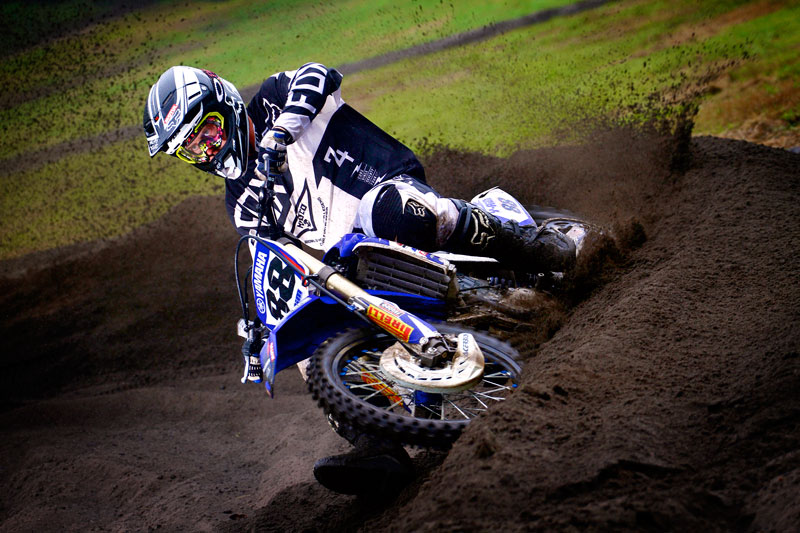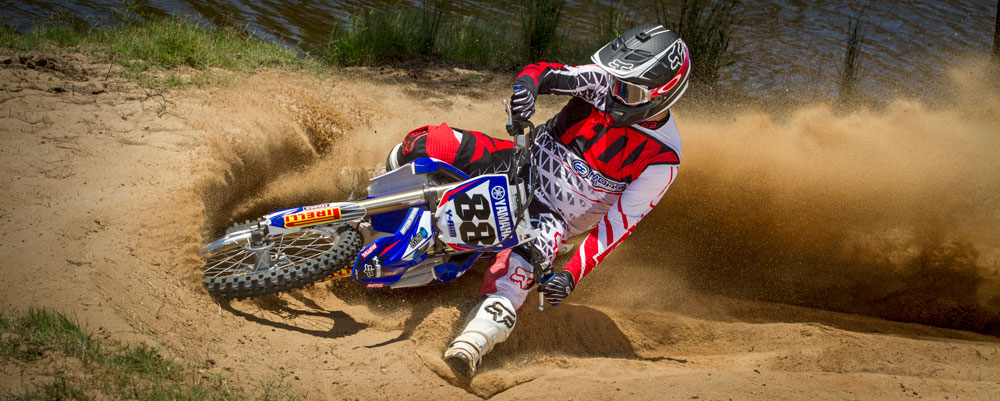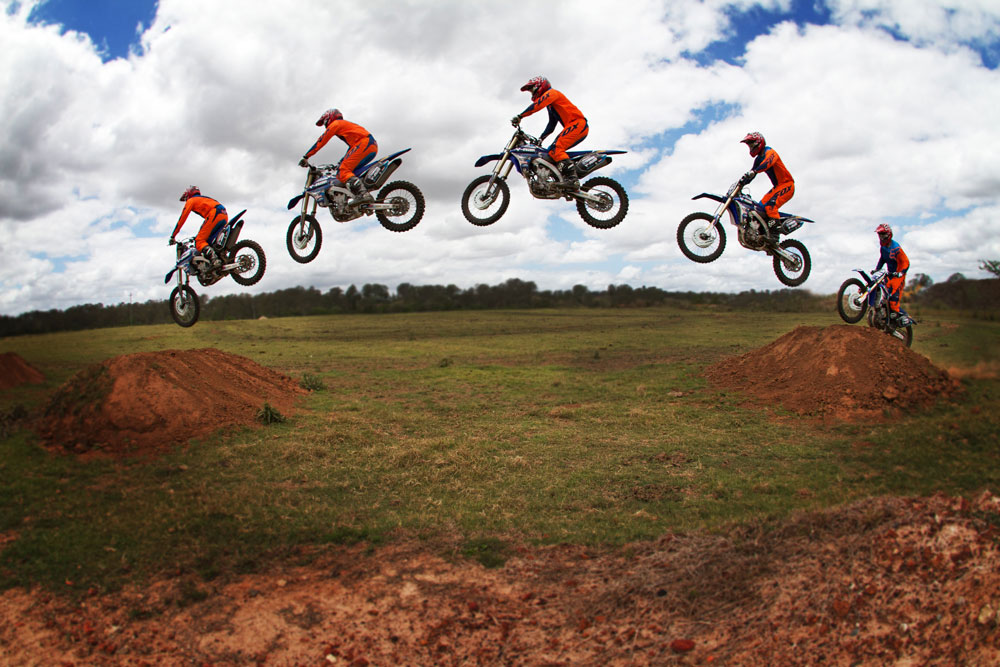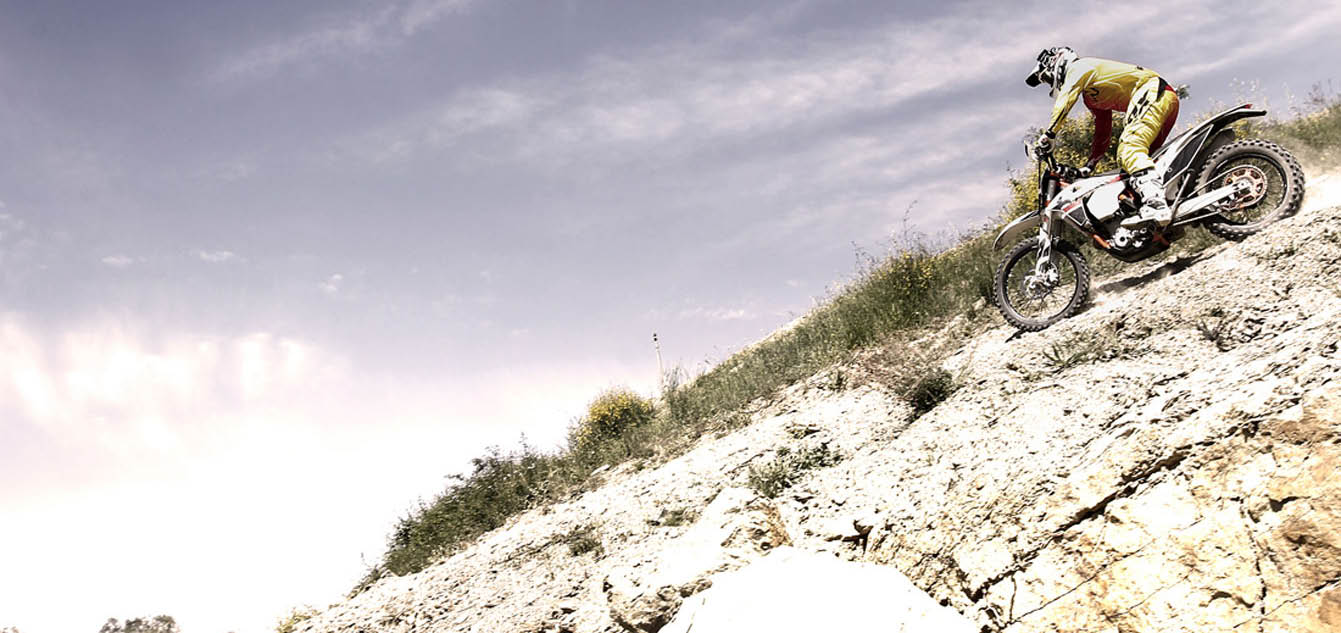
Controlling your speed on a long downhill can be tricky. It’s easy for things to spiral out of control – and that’s something you need to avoid at all costs
Story & photography Shane Booth
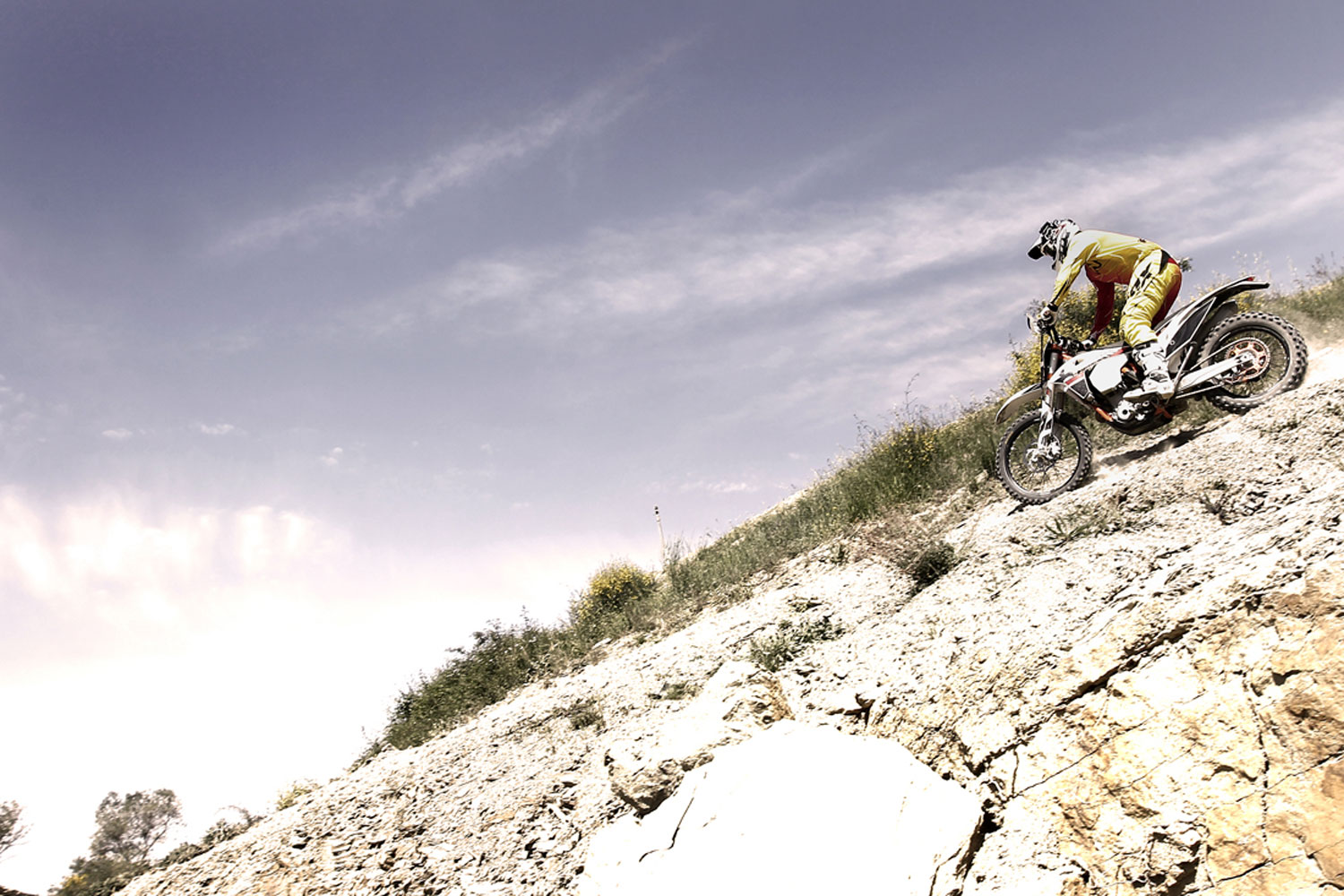
Be aware
Being aware of your surroundings and the upcoming trail is a no-brainer, yet it’s probably the biggest reason people get into trouble on downhills. If you’re not aware and paying attention as well as you should and head into a downhill with too much speed, it’s a tough situation to backpedal out of. If you can’t see what’s ahead or if the upcoming trail disappears over a blind crest, slow down. You should try to ride at a speed that allows you to stop within your field of vision. If you’re riding faster than that you’re rolling the dice. It’s pretty simple, really: keep your speed in check and that way you stay in control.
Speed check
I know I mentioned it above but this is the key to long descents: begin at the correct speed and you can control it; come into the hill too fast and you’ll be fighting a tough battle. If there’s plenty of traction and you’re exceptional on your brakes, you may be able to get it back under control. But if the traction is limited or there are some tight turns involved, you’ll find yourself in trouble. Your speed should be kept at a pace where you can maintain it and you can stop if necessary. There are plenty of situations where you may need to stop — washouts, ledges and ruts can all be potential problems. Control the speed and the biggest challenge is complete.
Brace yourself
Ideally, you want to stand up and lean back to the point of being able to brace yourself so that it’s physically easier. If you don’t lean back you’ll have huge amounts of pressure on your hands and arms, so let the bike pivot underneath you and get your weight to the rear of the bike. For some riders it may feel more comfortable to sit down on long descents and that’s fine if it’s not too steep. If the hill gets steep and technical you’ll be much better set up to deal with it if you’re standing, so just keep that in mind. Either way, make sure you keep your head up and vision forward to help with selecting the best line options on the way down.
Squeeze, don’t grab
You want to make sure your brake use is a combination of front and rear brake. Your front brake is the one that will do the majority of your braking while the rear helps a small amount. Be sure not to lock your rear wheel. If you feel it lock, release it to keep the rear wheel turning. While it’s turning it will stay in line with the front wheel; if it locks it tends to want to slide sideways, which isn’t ideal. Keep all of your control inputs progressive; the front brake especially should be a squeeze, not a grab. You’ll need to modulate the amount of pressure applied to the brakes, so try and do it smoothly — that will give you the best chance of staying in control and not breaking traction.
Smart lines
Look for lines on the descent that will offer good traction and won’t lead you into a situation. Keeping your vision up is key to this, so eyes forward, avoid loose surfaces where you can and be willing to move around on the trail to find the best traction available.
If it’s not steep
If the hill isn’t too steep and you can see the bottom, it may be possible to allow the compression of the engine to control your speed for you. The engine brake works well and allows you to stay away from the brakes, which can be preferable for less-experienced riders. This only works well if the hill isn’t too steep, so make a smart decision.

